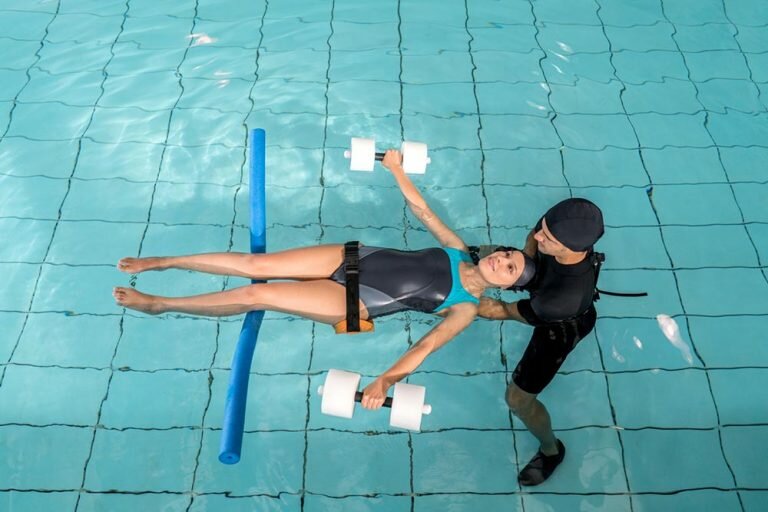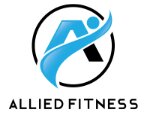The different types of equipment used in rehabilitation
By Brooke Fletcher
When you walk into a gym or a clinic for the first time the amount of equipment there may be overwhelming. From the machines to the free weights and all of those other bits and pieces lying around, your first thought may be what torture can they put me through with all these objects. I’m here to explain what all of those items are used for and how they can be used appropriately for your rehabilitation.
When you are starting out your rehabilitation journey, the level you are entering at will dictate what equipment will be best for you. Most of the time you won’t need much to start. This may include machine-based work, the use of Therabands or even bodyweight alone.
Machines are a great place to start as there is only one plane of movement most of the time, which allows minimal room for technique errors and allows you to focus on the movement and muscle activation. Machines generally allow the isolation of body parts which means you can target a specific region without having other muscles utilised in the movement. They are also a god starting place if loading the injured joint or standing work isn’t an option as it allows us to reduce the resistance and is non-weight baring.
Bodyweight exercises are a good progression from machine work or a way to compliment machine-based exercises as they add more functional movements. When and how these are utilised in your sessions will depend on what the goal of the treatment is. With bodyweight exercises it adds a layer of difficulty because more muscles are now utilised as stabilisers and there are multiple planes of motion.
Therabands are a great tool to control bodyweight movements or add an element of difficulty to certain exercises. It adds resistance in not only the main movement but also on the way back to neutral or the eccentric movement.

Free weights are the most challenging and complex pieces of equipment. These will mostly include the dumbbells, barbells and/or kettlebells. Not only are you completing the functional movements now incorporating more muscle groups and planes of motion but you are now adding load. This is when technique needs to be perfected with minimal or bodyweight to start with before increasing the weight and difficulty.
For some people bodyweight or machine work may be too much initially. This is where hydrotherapy is great as the buoyancy of the water can allow movements to be performed at a reduced bodyweight. If the individual can’t weight bare or walk out of the water, walking or performing squats in the water may now be possible at waist deep water as they are now at 50% of their bodyweight. Bodyweight exercises in the water classify as a form of resistance training as you can utilise the resistance of the water against the limb. Once bodyweight exercises can be performed in the water devices can also be added to increase the level of difficulty. These can include kickboards, foam dumbbells or foam noodles.

If you are unsure where you need to start or how to use these pieces of equipment get in touch with us today to have your free consultation with one of our exercise physiologists.
